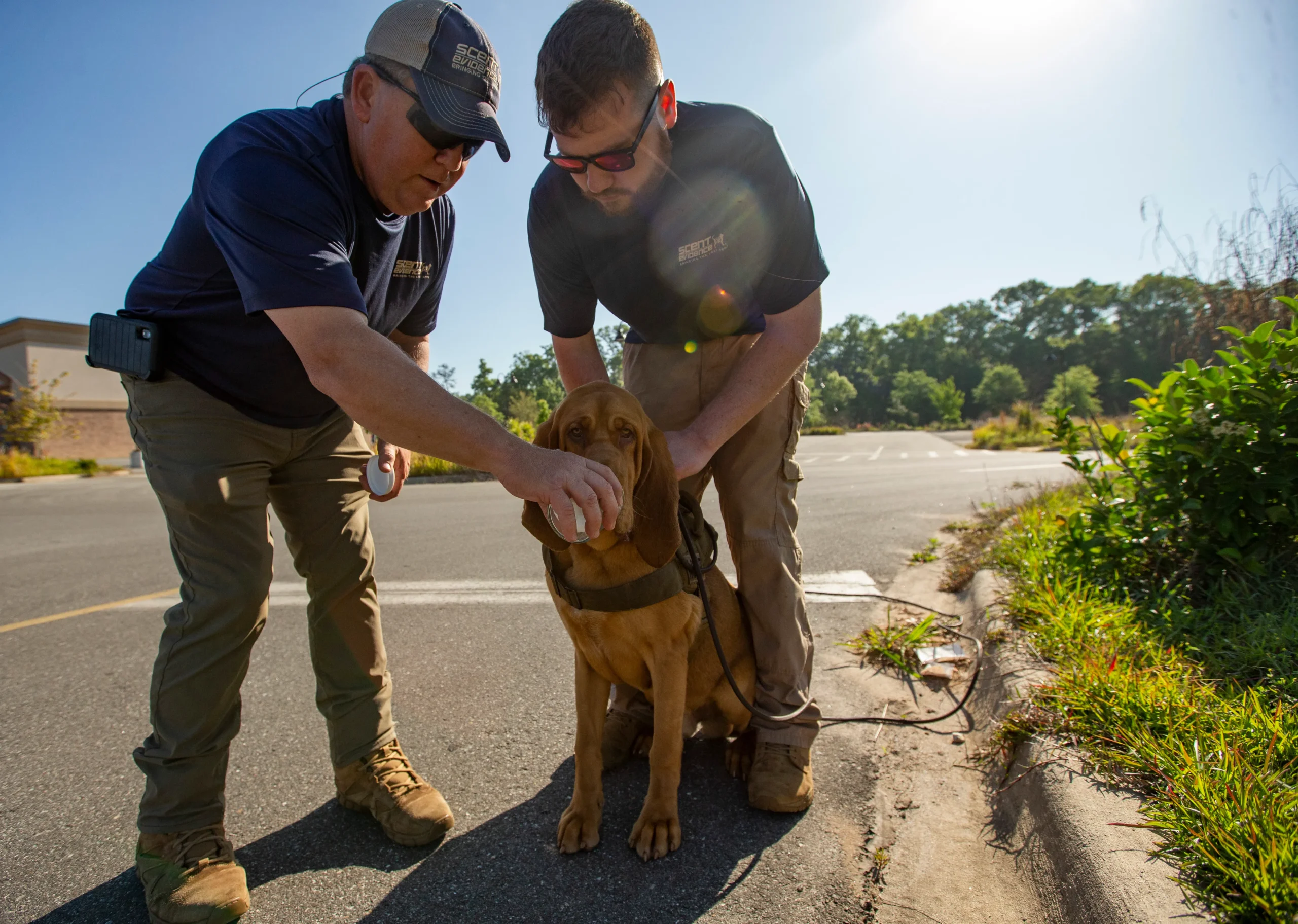Police dogs have long been an invaluable asset in law enforcement, aiding officers in various tasks such as search and rescue, drug detection, and apprehending criminals. One of the most remarkable abilities possessed by these highly trained canines is their exceptional sense of smell, which allows them to track scents with astonishing accuracy. But how exactly do police dogs track a scent? In this article, we will delve into the fascinating world of canine olfaction and explore the techniques and training methods that enable these remarkable animals to locate individuals based solely on their scent.
1. The Power of a Dog’s Nose
The first step in understanding how police dogs track a scent is to appreciate the incredible power of their sense of smell. Dogs have an olfactory system that is far superior to that of humans. While humans have approximately 5 million olfactory receptors, dogs possess an astounding 220 million. This heightened sense of smell allows them to detect and discriminate between various odors, even in minuscule quantities.
When a person moves, they leave behind a trail of scent particles that are carried by air currents. These particles settle on surfaces such as the ground, vegetation, or objects in the environment. A dog’s nose is capable of picking up these scent particles and distinguishing them from other smells in the surroundings.
2. Training for Scent Detection
The ability to track a scent is not innate in dogs; it is a skill that must be carefully developed through training. Police dogs undergo rigorous training programs that focus on scent detection from an early age. They are exposed to a wide range of scents and taught to associate specific smells with rewards, such as treats or playtime.
The initial training involves imprinting the dog with the scent of a specific target, such as a particular substance or an individual’s scent. This is done by allowing the dog to sniff an item that carries the desired scent, such as a piece of clothing. The dog is then rewarded for showing interest in the scent and encouraged to follow it.
As the training progresses, the difficulty level is increased. Dogs are trained to track scents in various environments, including urban areas, forests, and buildings. They learn to navigate obstacles, ignore distractions, and work in different weather conditions. This comprehensive training ensures that police dogs can effectively track scents in real-life situations.
3. Tracking Techniques
Once a police dog has been trained to detect a specific scent, they employ several techniques to track it. One common method is known as air scenting. In this technique, the dog uses their nose to sample the air and locate the source of the scent. They follow the scent trail by moving in the direction where the concentration of scent particles is strongest.
Another technique used by police dogs is ground tracking. In this method, the dog sniffs the ground and follows the scent trail left by the target. Dogs are capable of detecting scents that have settled on the ground for extended periods, allowing them to track individuals who may have passed through an area hours or even days ago.
To aid in their tracking efforts, police dogs may also employ a technique called scent discrimination. This involves identifying and isolating the target scent from other smells present in the environment. By focusing on the specific scent they have been trained to detect, dogs can effectively follow the desired trail while disregarding unrelated odors.
4. The Role of Handler-Dog Communication
Successful tracking operations rely heavily on the strong bond and effective communication between a police dog and their handler. The handler plays a crucial role in guiding and directing the dog during scent tracking missions. They interpret the dog’s behavior, such as changes in body language or vocalizations, to determine if they are on the correct scent trail.
Handlers use various commands and signals to communicate with their dogs during tracking. These cues can indicate changes in direction, speed, or intensity of the search. The handler’s ability to read and understand their dog’s responses is essential in ensuring that the tracking process remains efficient and accurate.
Conclusion:
The remarkable ability of police dogs to track scents is a testament to their exceptional olfactory capabilities and the extensive training they undergo. Through specialized training programs and the use of various tracking techniques, these highly skilled canines assist law enforcement agencies in locating individuals, detecting contraband, and ensuring public safety. The partnership between a police dog and their handler is a testament to the power of teamwork and the incredible bond between humans and animals.








